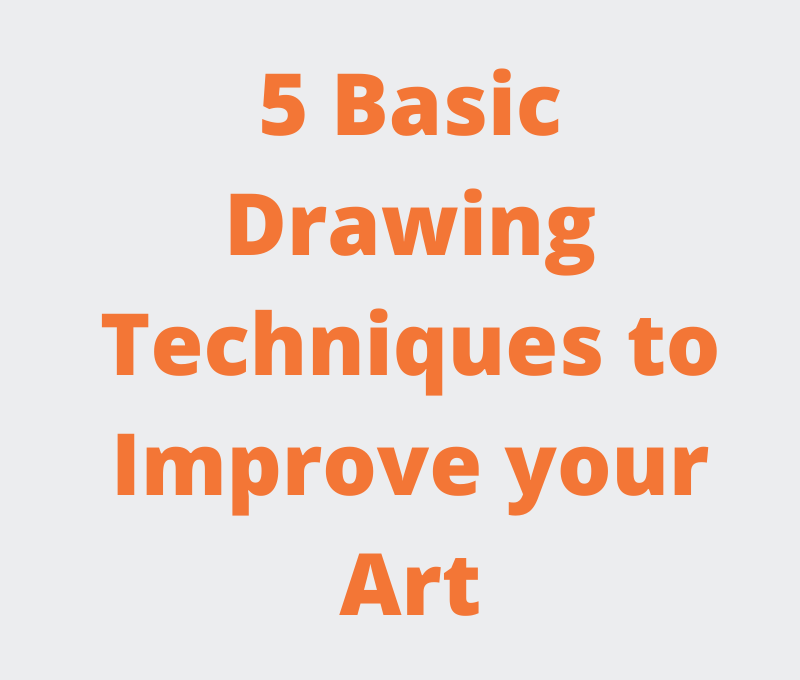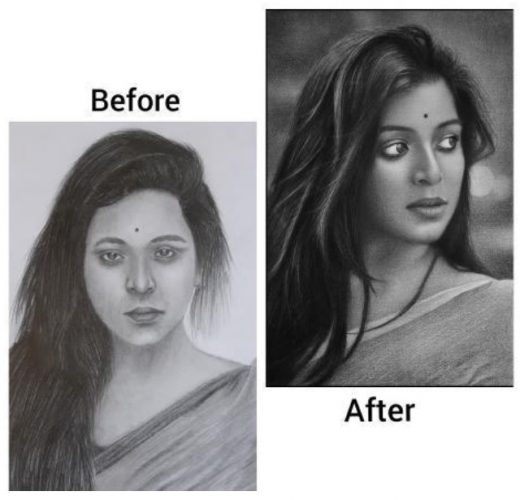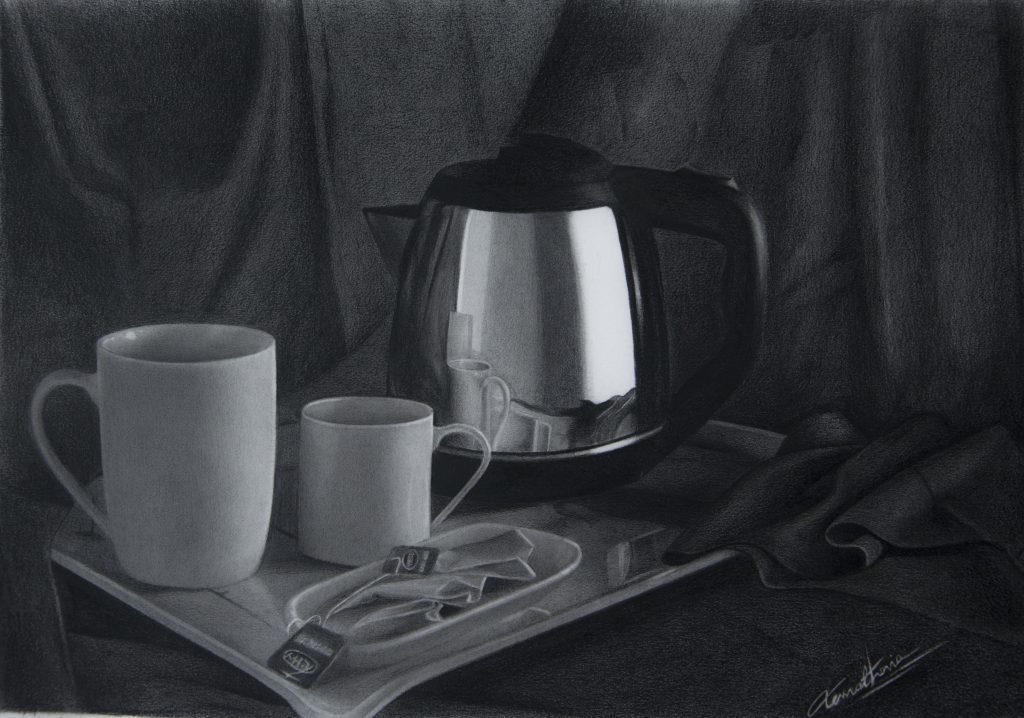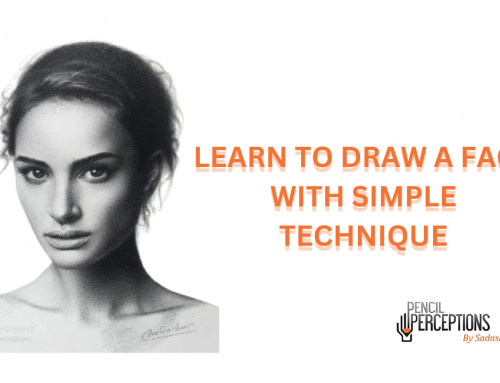5 Basic drawing techniques to improve your art
As a beginner artist, you might be curious to know the basic drawing techniques or exercises to pump yourself up and start sketching consistently. It doesn’t matter what level of artistic skill you are on, beginner or professional, as an artist you must make sketching a habit to progress with time and create an artistic journey.
So, we are sharing the top five drawing techniques which will help you in understanding and practising realistic pencil drawings, progress a lot faster and explore the art. improve
5 Basic drawing techniques to improve your art.
1. Know your Tools
Having the right tools and supplies for your sketch is essential, be it a pencil or a sketchbook.
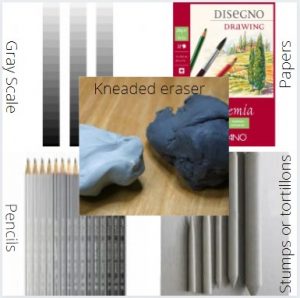
The basic tools we recommend are:
- Three different pencil grades (usually HB, 2B, and 6-8B). Remember, ‘B’ pencils are for softer strokes, ‘H’ for darker strokes, and ‘HB’ is moderate. You can also use mechanical pencils for precise or thin lining.
- Choose the drawing paper or sketchbook with your comfort level as different thicknesses and textures affect the outcome.
- A soft rubber graphite eraser, a kneaded eraser, and a Tombow Mono Zero eraser.
- Basic metallic sharpener
2. Learn how to hold your pencil
There are many different ways of holding a pencil for sketching purposes: Positioning your hand closer to the end of the pencil to have more control and heavier strokes, whereas moving further up the pencil would give less control and lighter strokes.
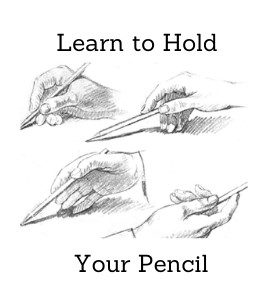
For a better drawing, you’ll have to switch between different hand positions and grips.
3. Different types of Hatching
The hatching is a classic drawing technique through which you can achieve good spatial effect results along with different tonal values. It is of three types:
- Simple hatching in which you draw thin lines with a pencil in an oblique angle to the primary outline and results in good spatial effects.
- Cross-hatching in two directions in which two or more sets of hatchings are drawn over each other which results in shading in all variations.
- Cross-hatching in three directions will make a drawing look more realistic.
4. Never smudge
To bring life to your artwork, drawing with precision is very much important. However, if you do smudging to blend the two tones your artwork is lifeless. Never smudge your artwork; it is one of the most basic drawing techniques, which can help you improve your drawing skills.
5. Develop hand-eye coordination
Using photographic references or references from life allows us to develop our observational skills to catch the details and hand-eye coordination to draw as we observe, which ultimately helps in developing high levels of realism.
With simple drawing techniques, it becomes easier for the artists to progress and to keep practising. Therefore, we encourage beginners and new artists to join online drawing classes where they can learn to draw realistic pencil drawings with the help of mentors and trainers.
 Skip to content
Skip to content

